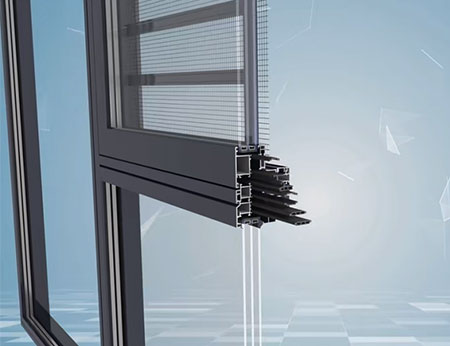Architectural aluminium profiles, with their light weight, high strength, corrosion rsistance, easy processing, good appeaeance and recyclability, are widely used in the construction field. The main application scenarios include the following categories:
Windows and doors are one of the most common applications of architectural aluminium profiles. They can be made into casement doors and windows, sliding doors and windows, with excellent heat insulation and sound insulation performance. Moreover, they have a neat appearance and are suitable for various architectural styles.
As an important component of the building’s exterior facade, the curtain wall is supported by aluminium profile frames for curtain wall materials such as glass, stone and metal plates, creating a light and modern architectural appearance. At the same time , it undertakes functions such as wind resistance and load-bearing, and is widely used in high-rise buildings, commercial complexes, etc.
Indoor partitions used in offices, shopping malls and other places, with aluminium profile frames combined with glass or plates, not only divide the space but also maintain a sense of transparency. They are easy to disassemble and assemble, facilitating space reorganization.
Ceiling and suspended ceiling: Aluminium profiles can be used as ceiling keels or decorative frames, combined with materials such as aluminium panels and gypsum boards, to achieve a beautiful and durable ceiling design, especially suitable for large public spaces.
Railings and handrails: In locations such as balconies, stairces, and corridors, aluminium profile railings and handrails combine safety and decoration. Their surface can undergo anodizing, powder coating, and other treatments to meet the needs of different enviroments.
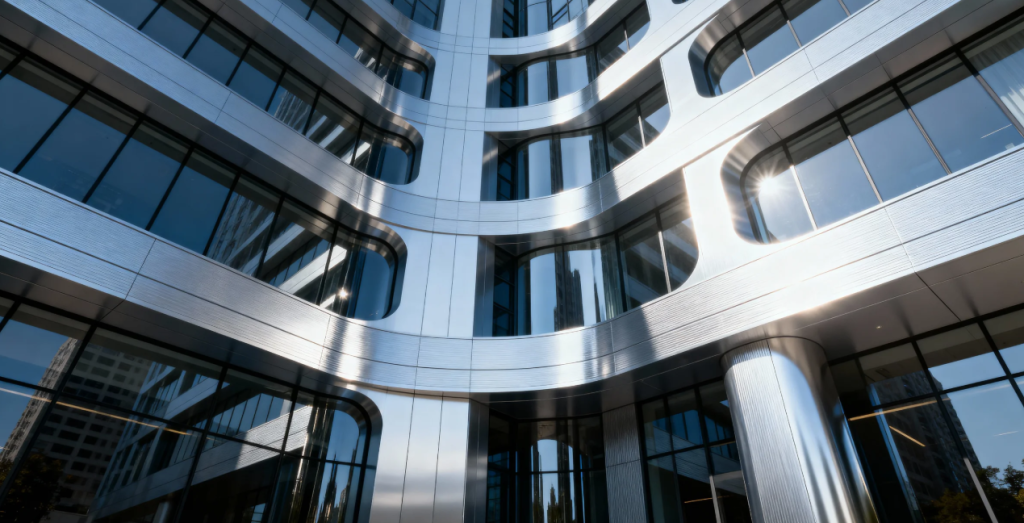
Lightweight load-bearing structures: such as the frames of canopies and sunshades, take advantage of the high strength and lightweight features of aluminium profiles to reduce the load on buildings, while also having corrosion resistance and extending service life.
As the support frame for solar photovoltaic panels, aluminium profiles can meet the installation requirements of photovoltaic modules, have strong UV resistance and weather resistance, and blend well with the building’s appearance, contributing to the development of green buildings.
Elevator car and shaft: Aluminium profiles are used for the interior decoration frame of elevators or auxiliary structures of shafts, reducing weight while enhancing aesthetics and corrosion resistance.
Barrier-free facilities: such as wheelchair ramp handrails, barrier-free passage railings, etc. The easy processability of aluminium profiles can meet customized requirements, and they are safe and stable to use.
In conclusion, architectural aluminium profiles play a significant role in modern architecture. They not only meet structural and functional requirements but also take into account aesthetics and environmental protection. They are one of the key materials for achieving industrialization, lightweighting, and sustainable development in the construction industry.
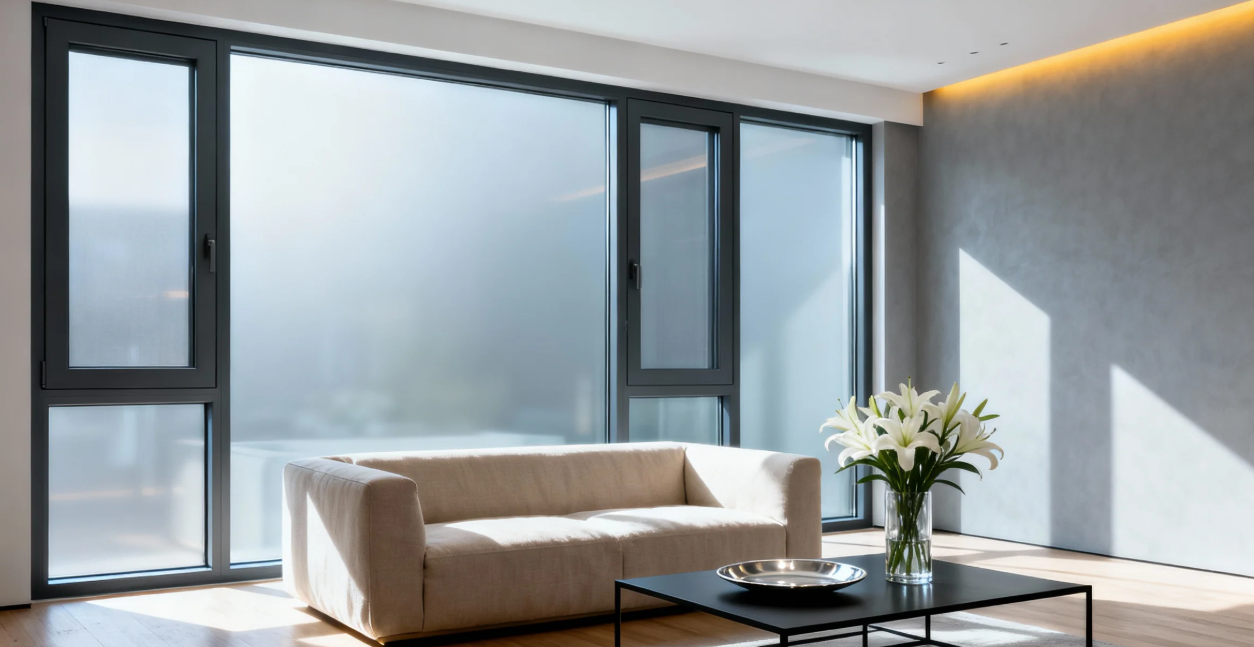
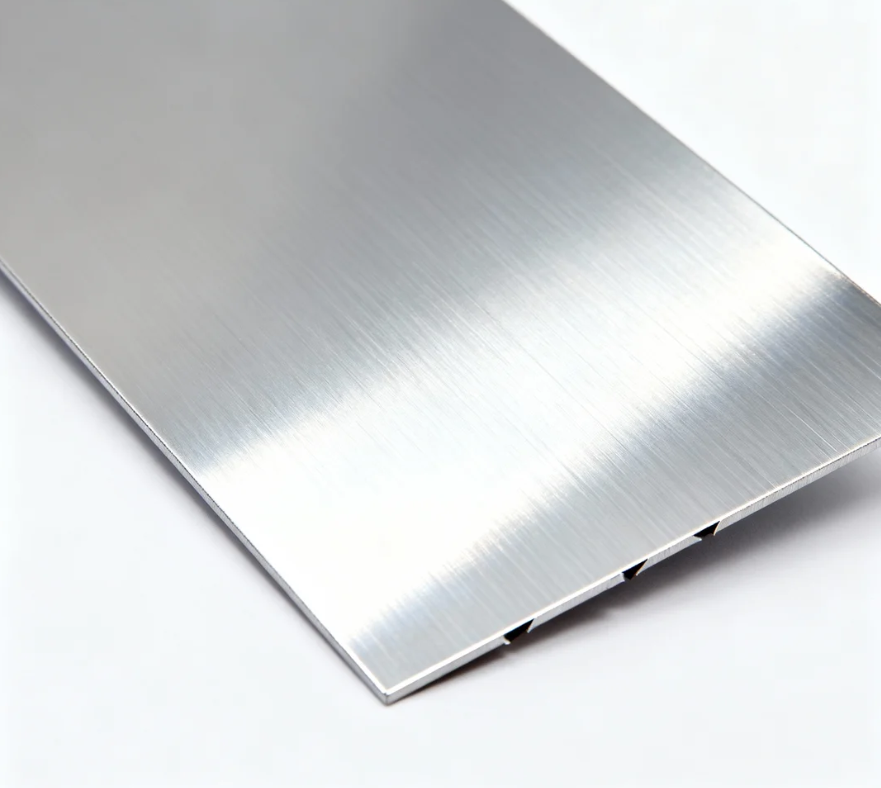
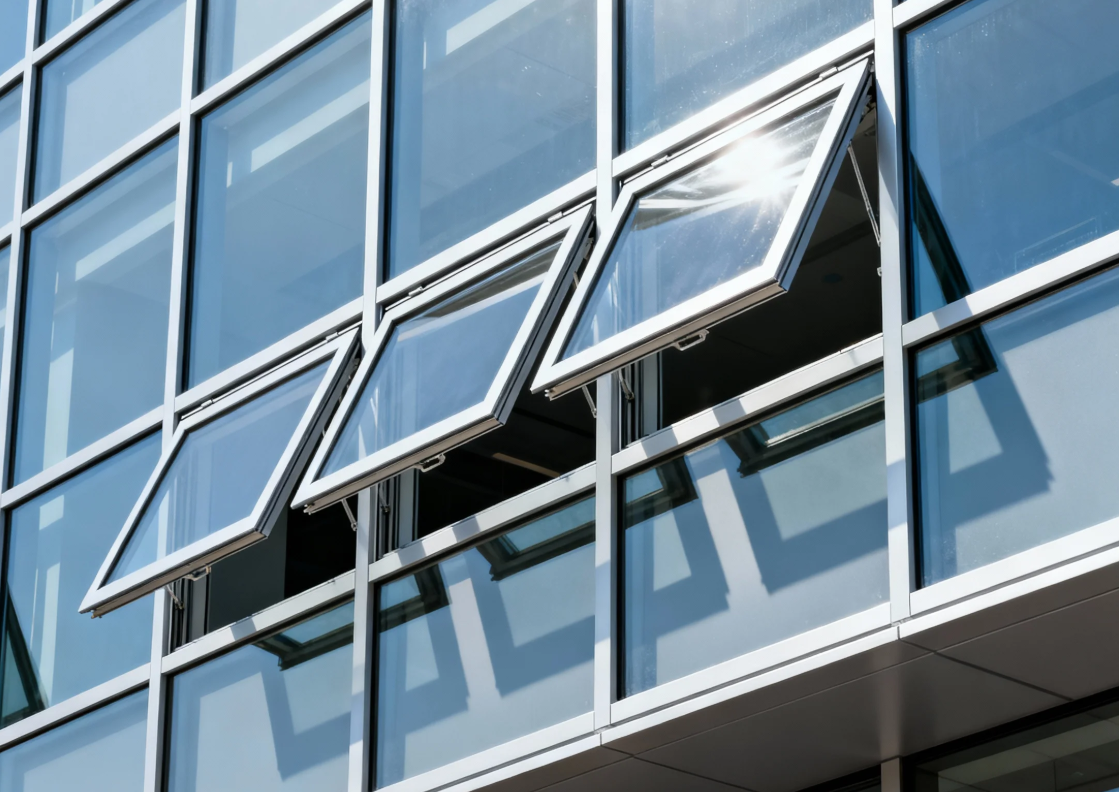
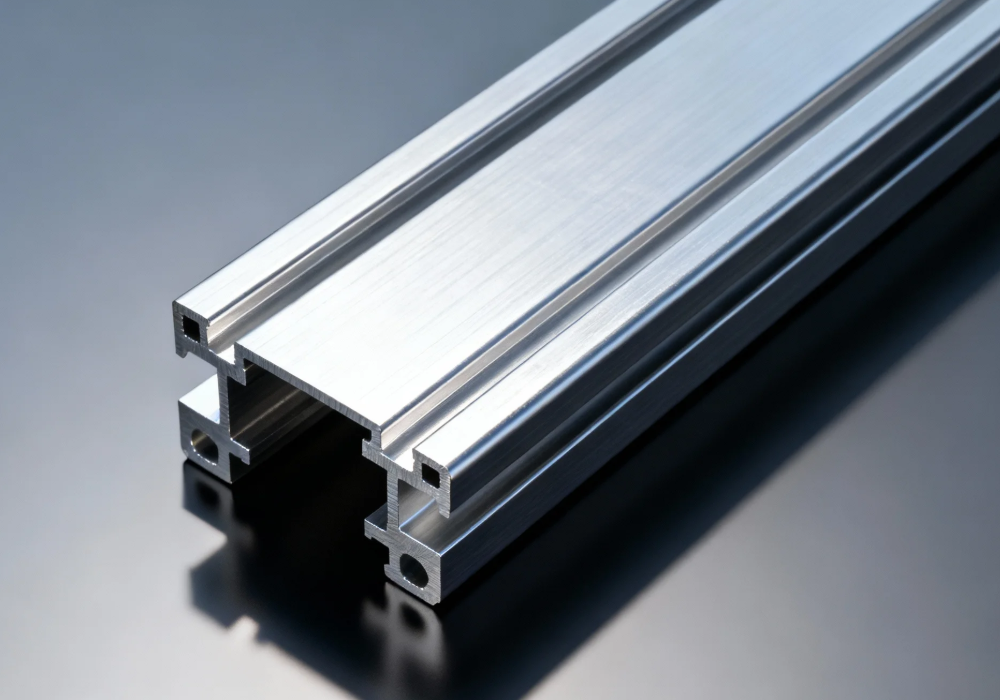
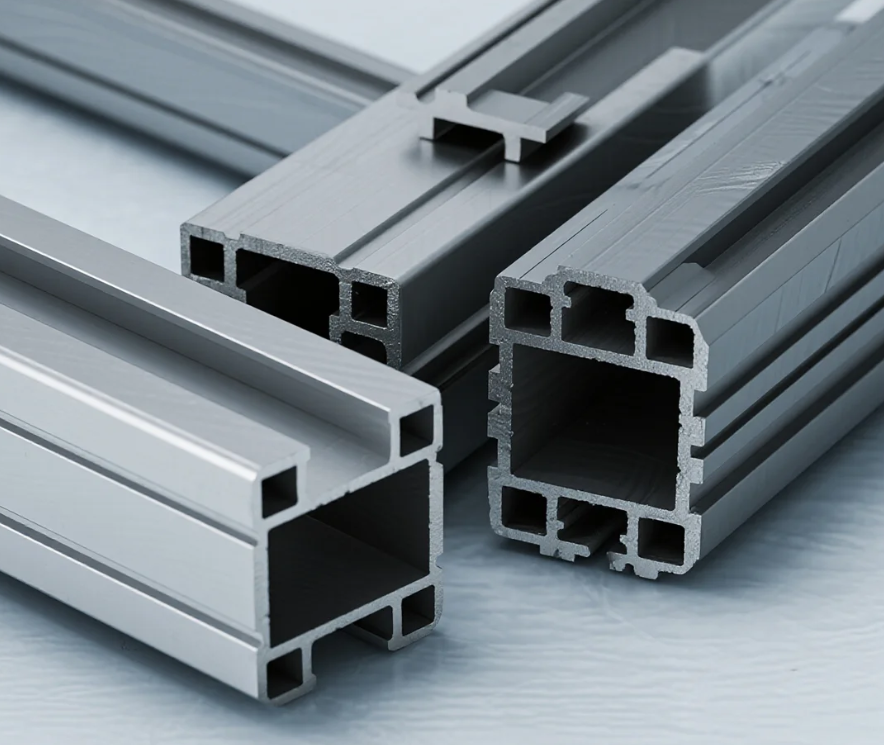
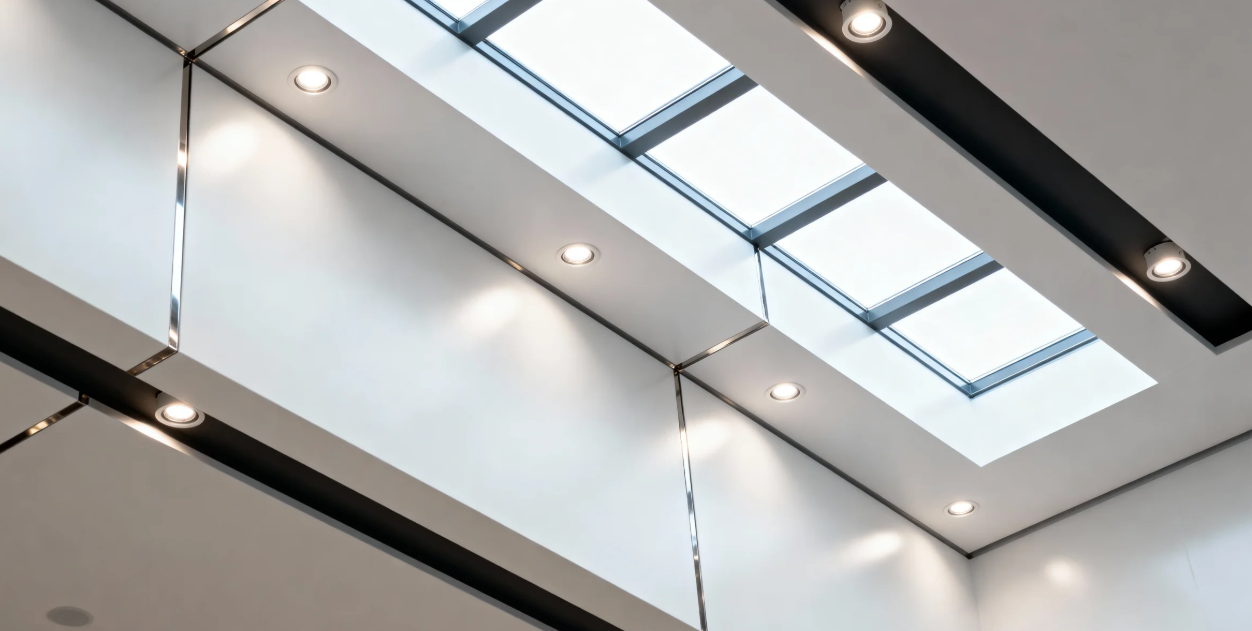
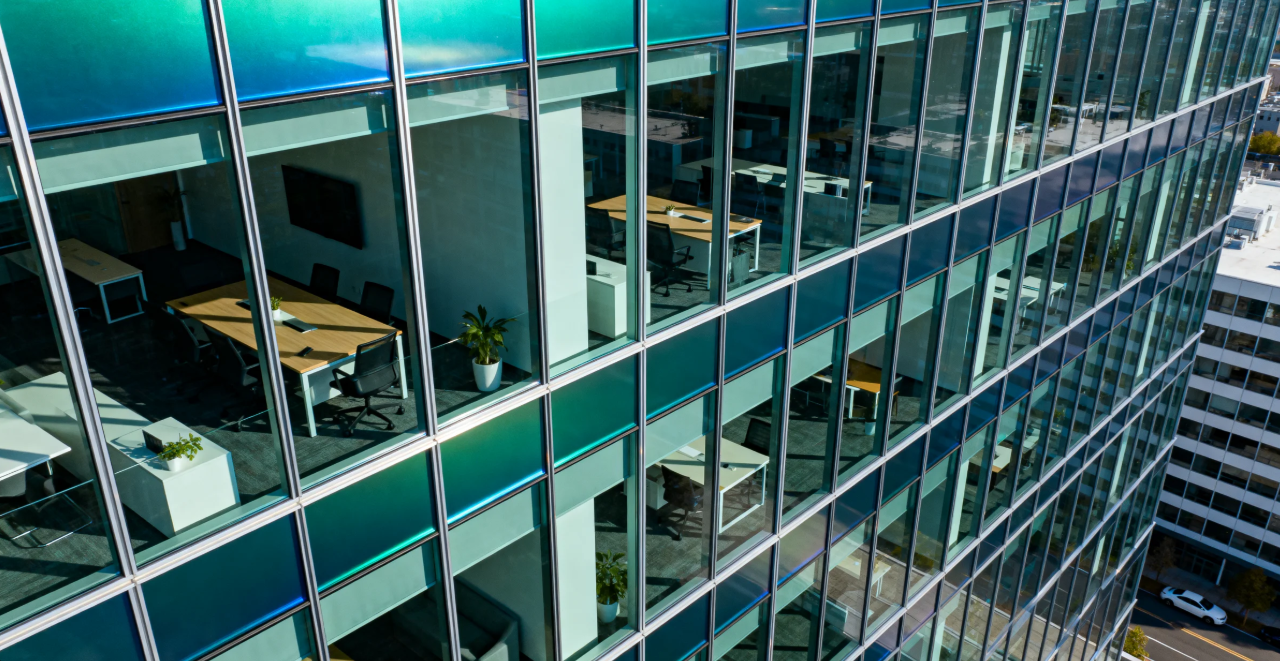
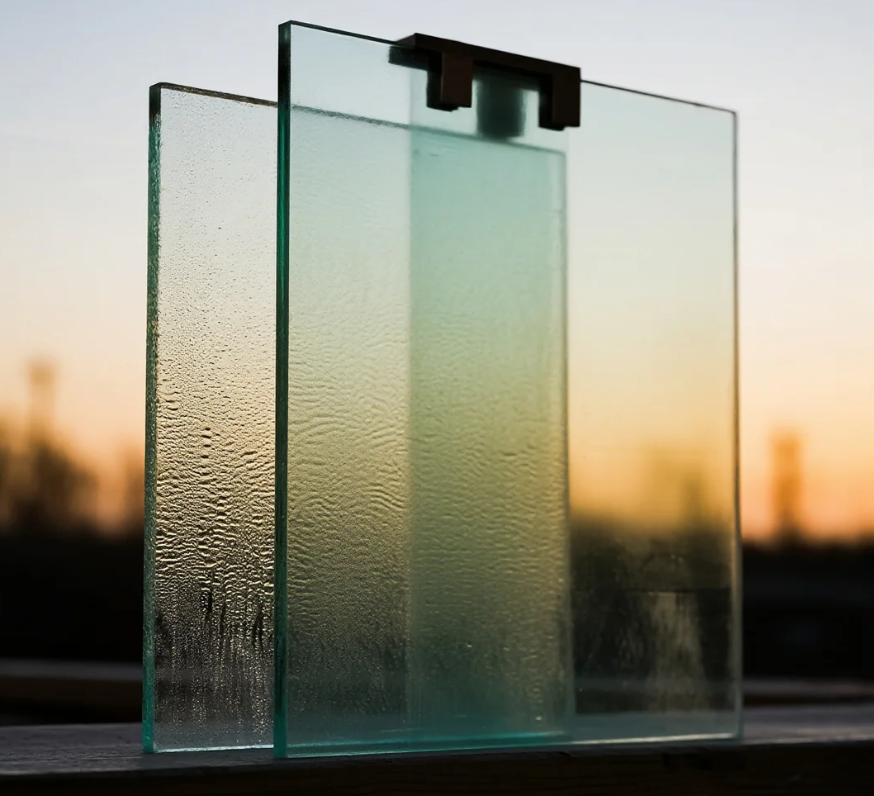
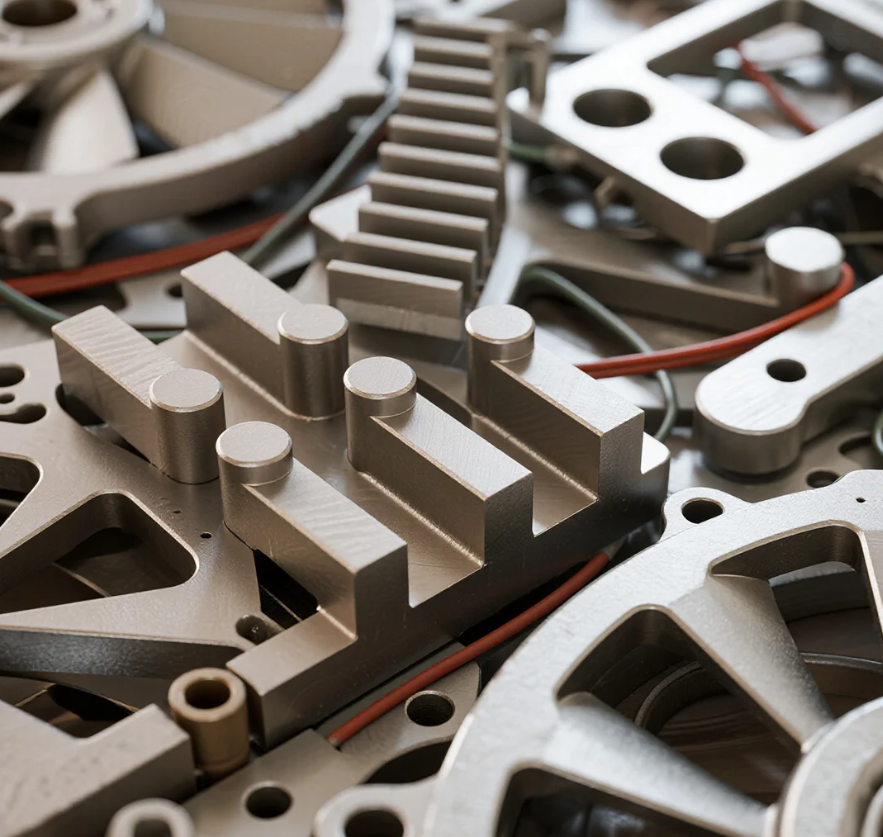
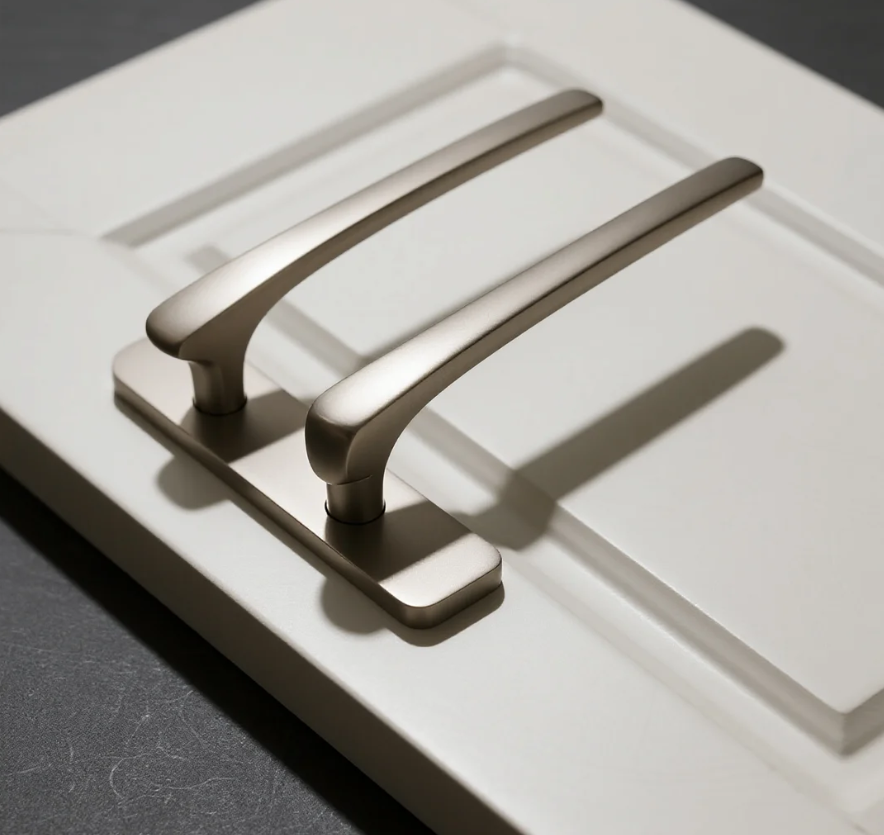
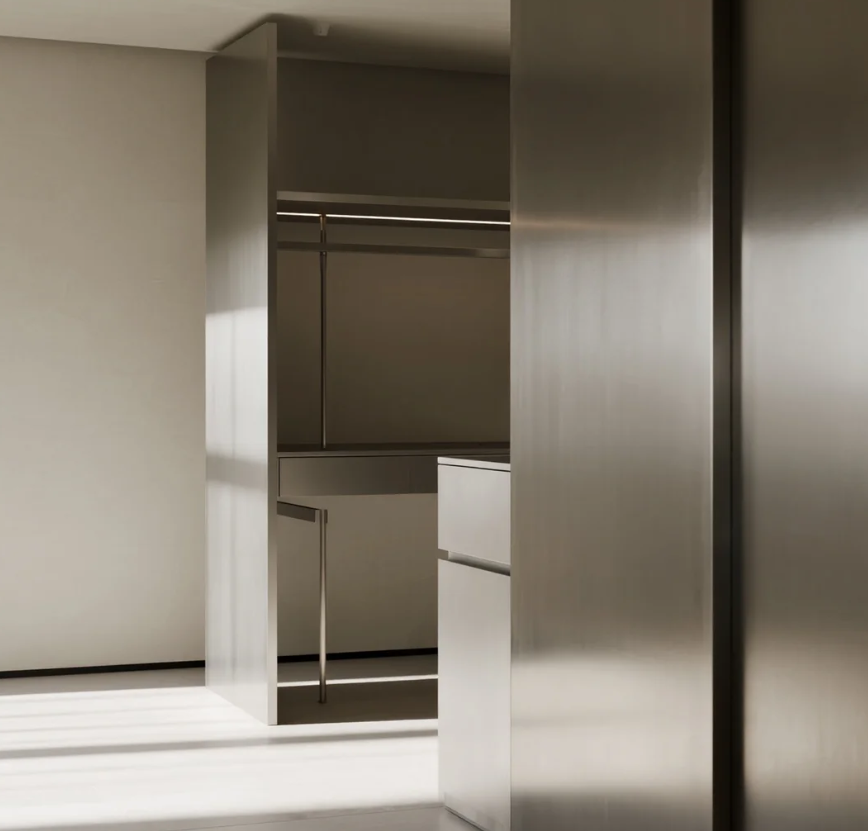
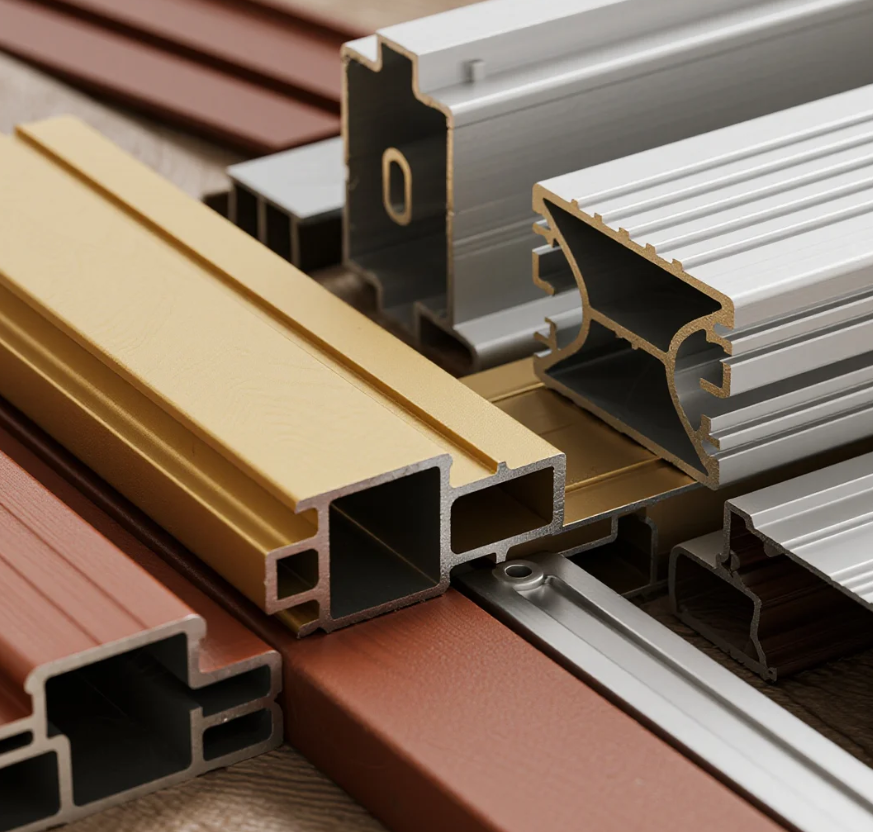
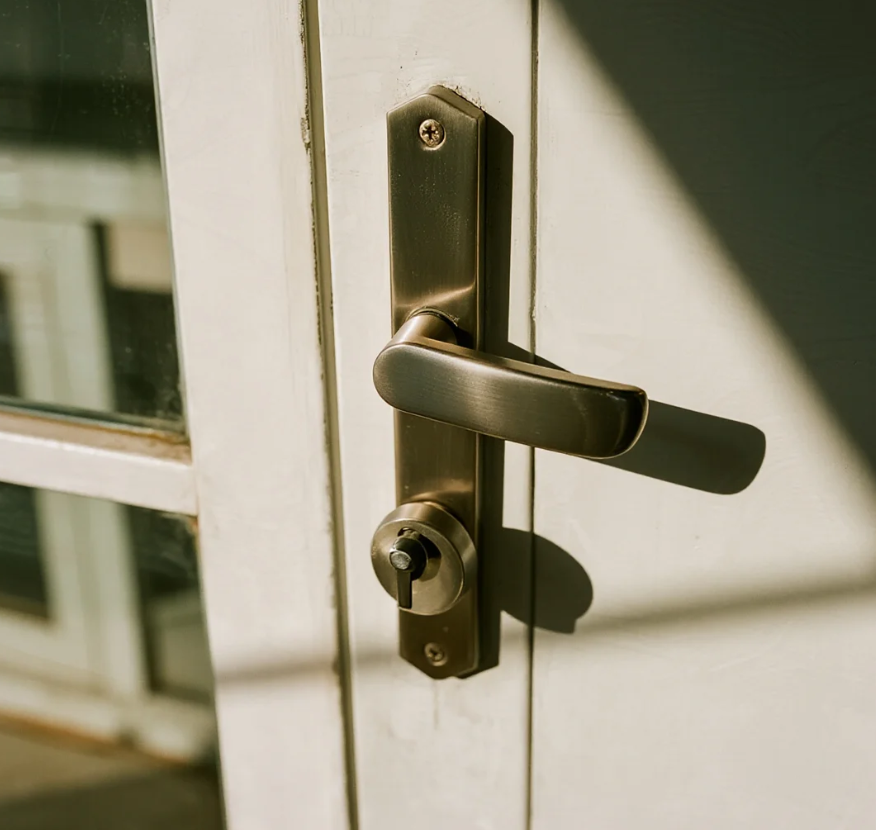
Methods for distinguishing Indoor and Outdoor Aluminium Doors

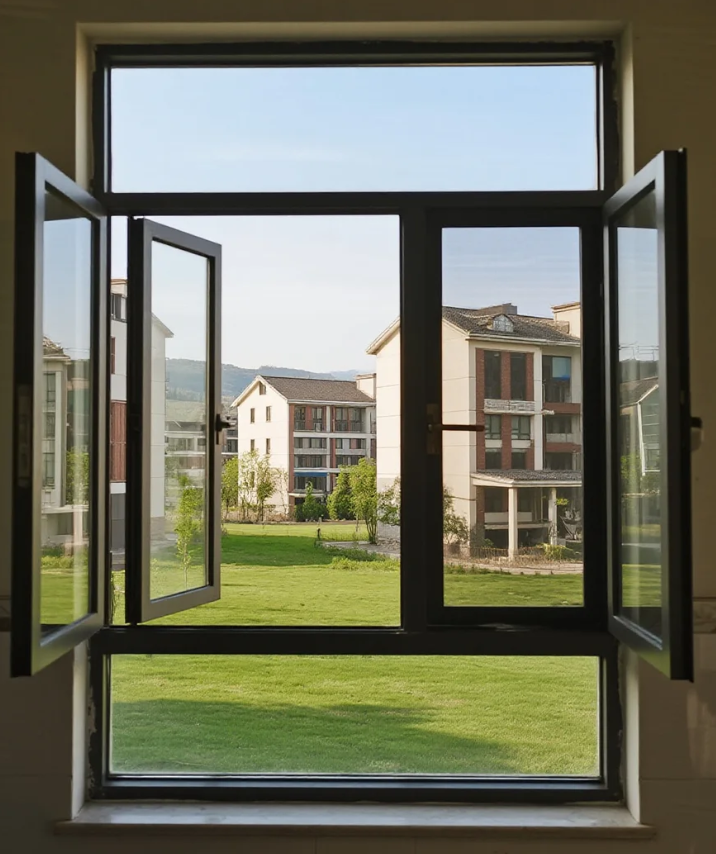
Maintenance methods and tips for aluminium doors and windows
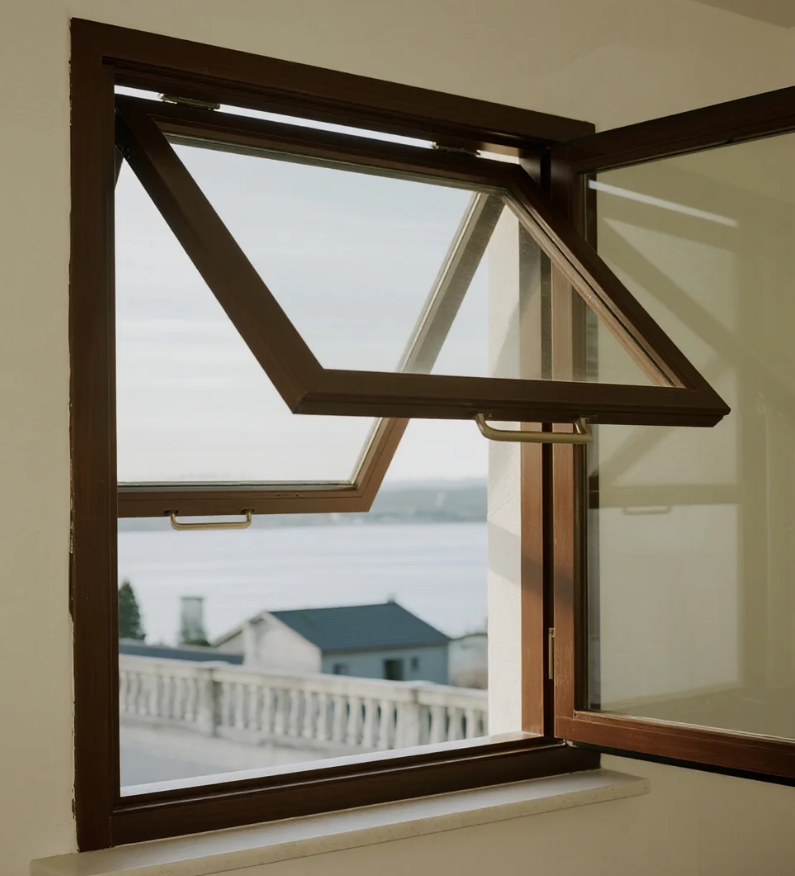
Characteristic of outward-opening and hung aluminium windows
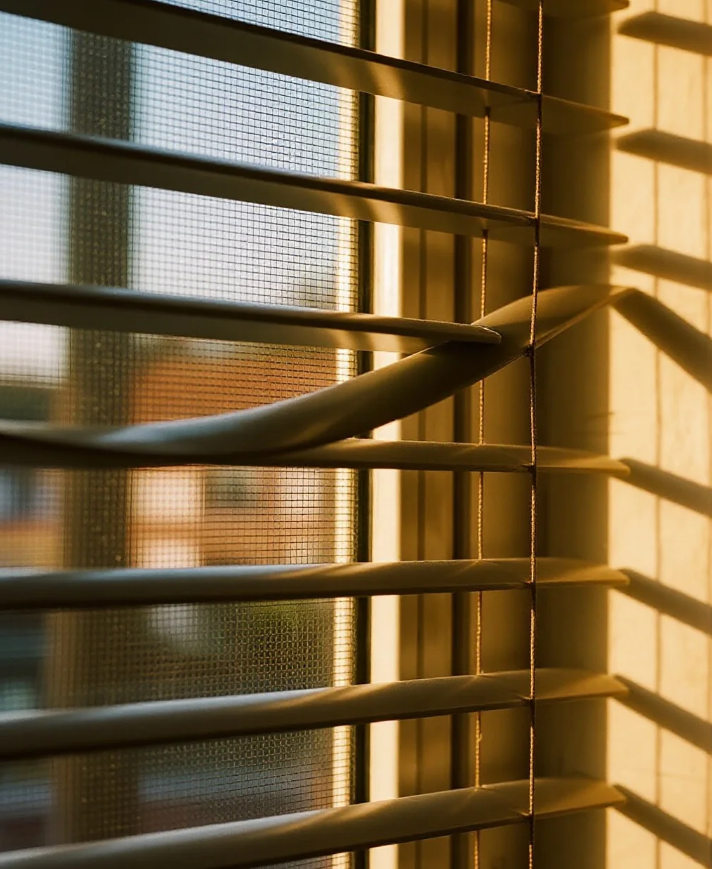

Xinhe Aluminium Research: 7.14-7.18 Analysis of Aluminium Prices
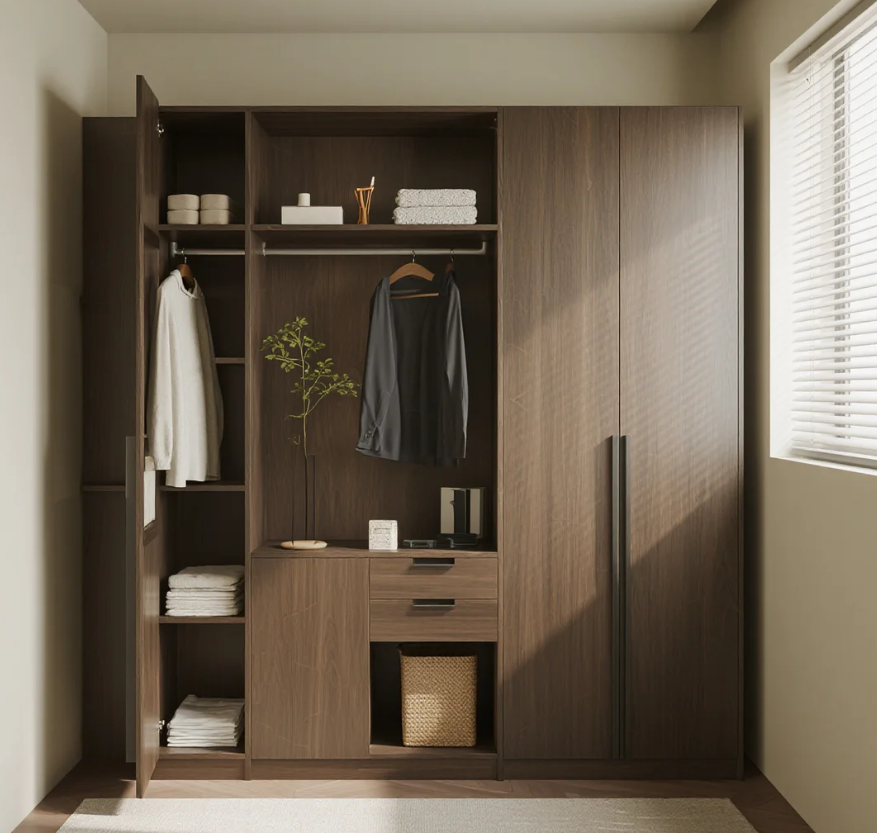
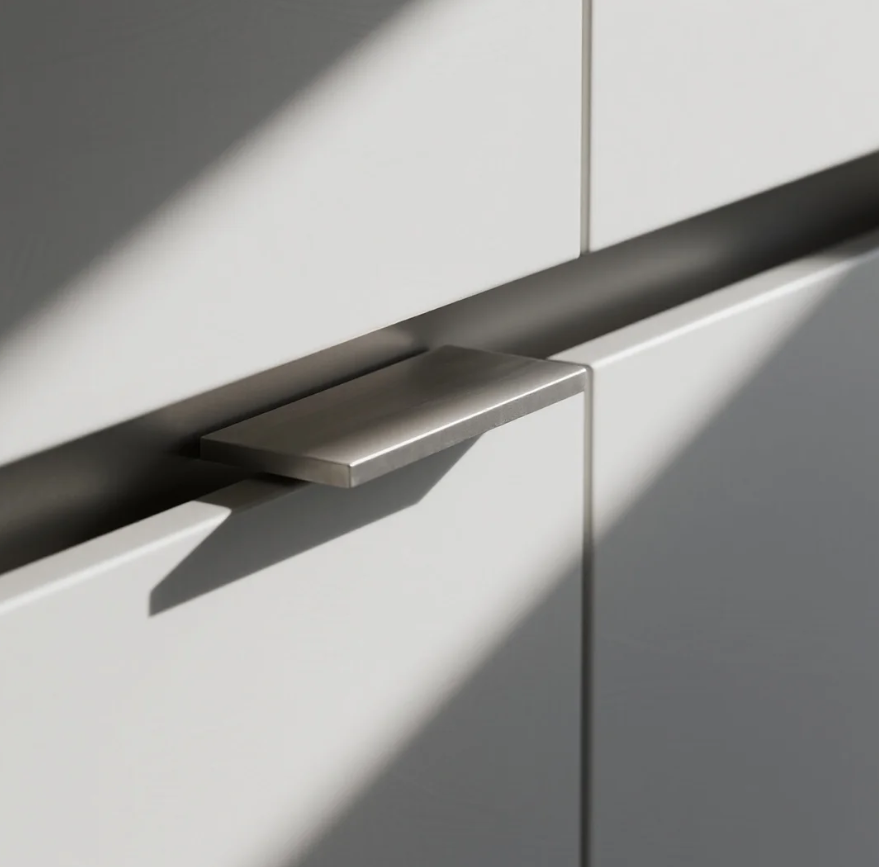
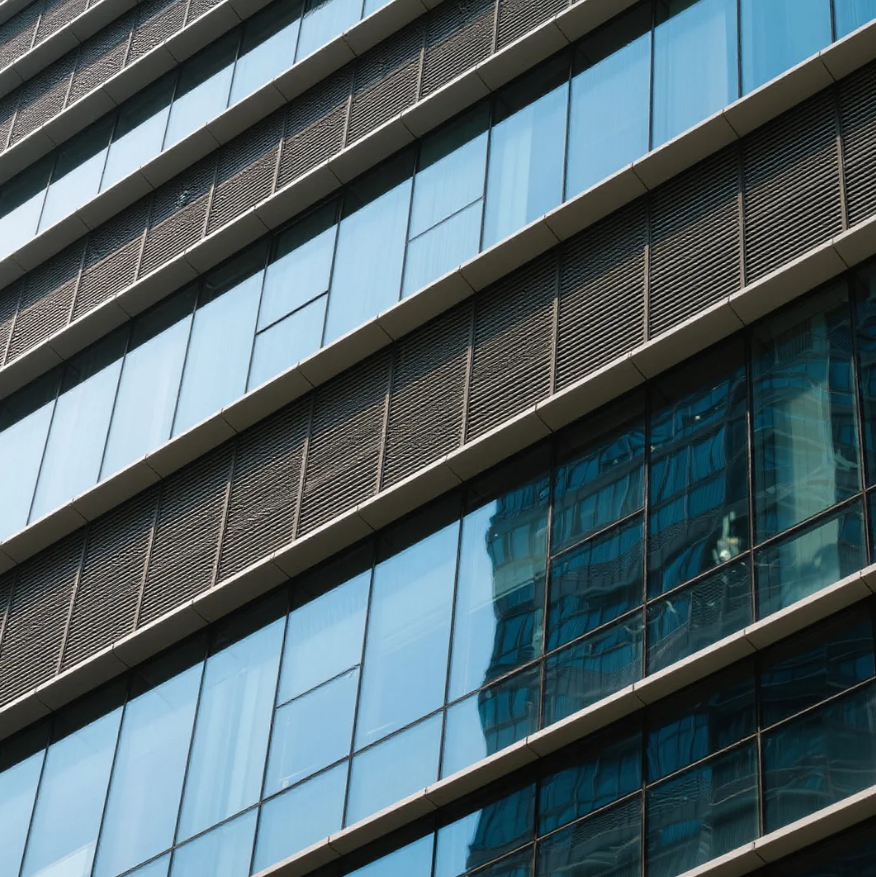
Seven Benefits Of Using Aluminium Profiles In Curtain Wall Systems
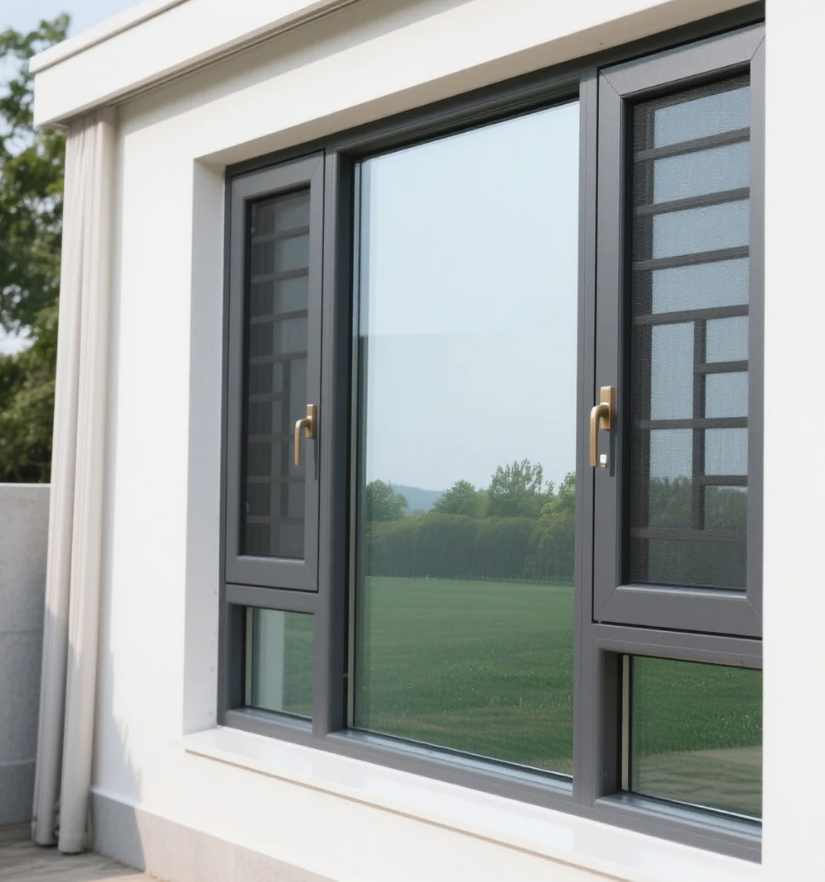
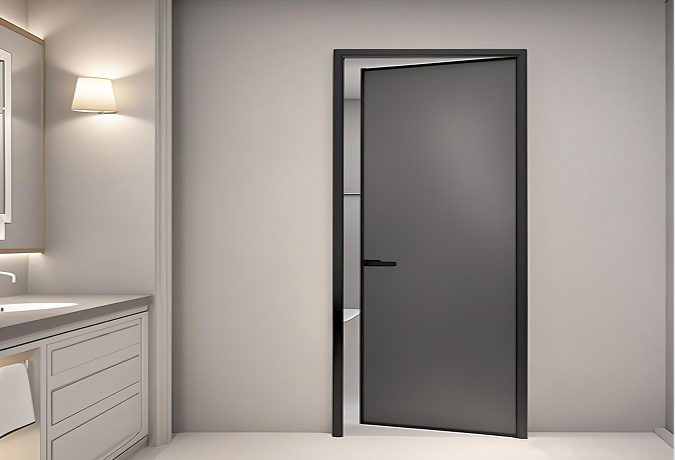
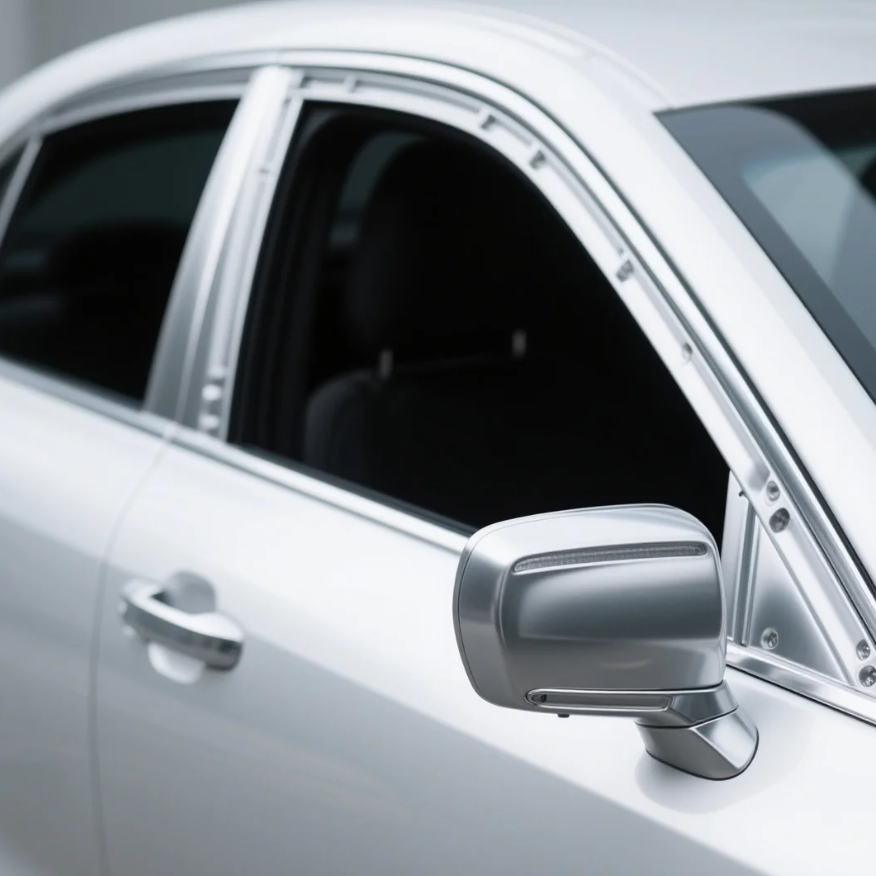
The Application of Aluminium Profiles in New Energy Vehicles
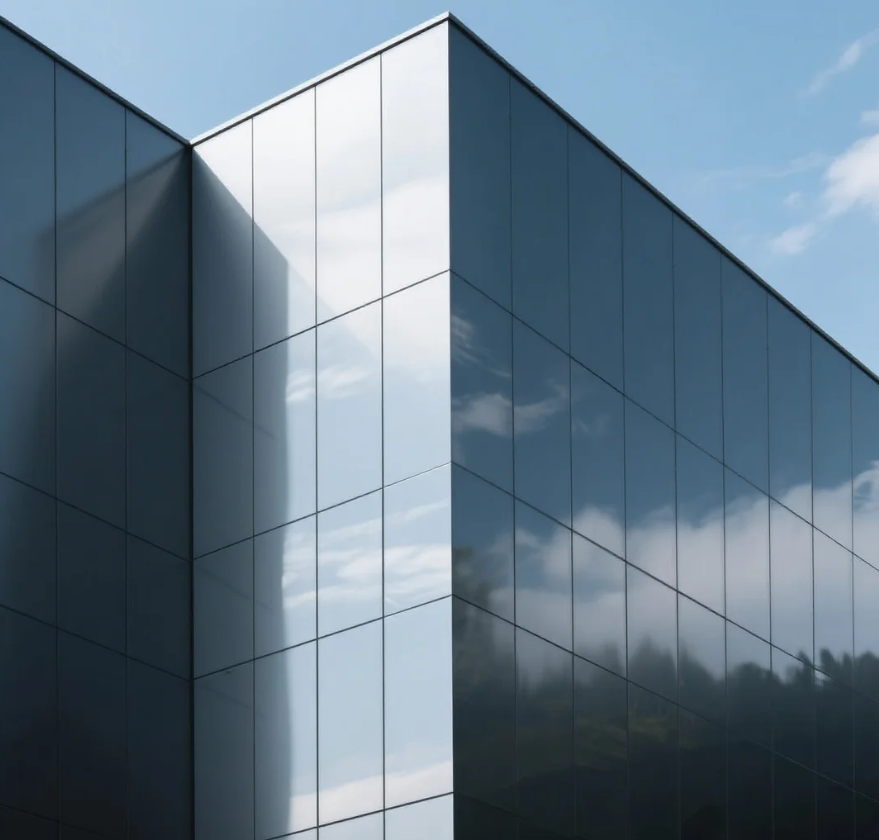
The Composition and Application of Series 6 Aluminium Alloys
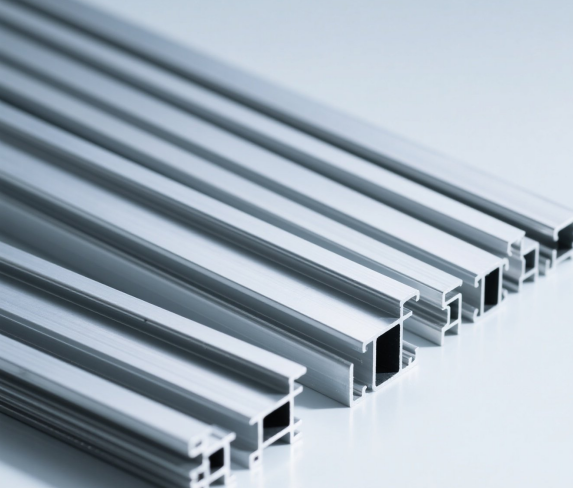
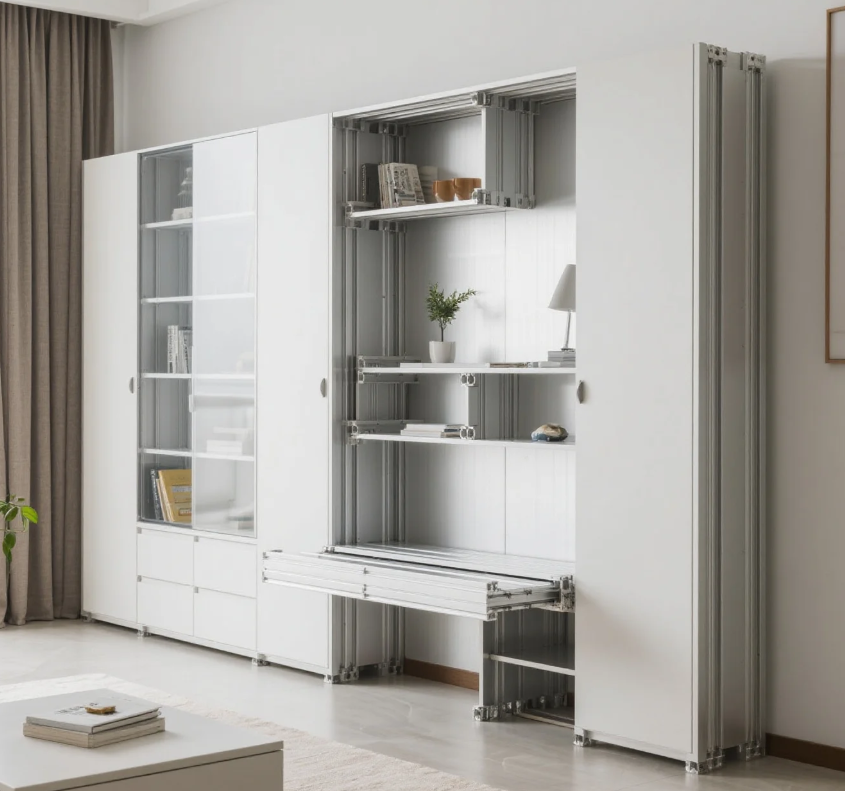
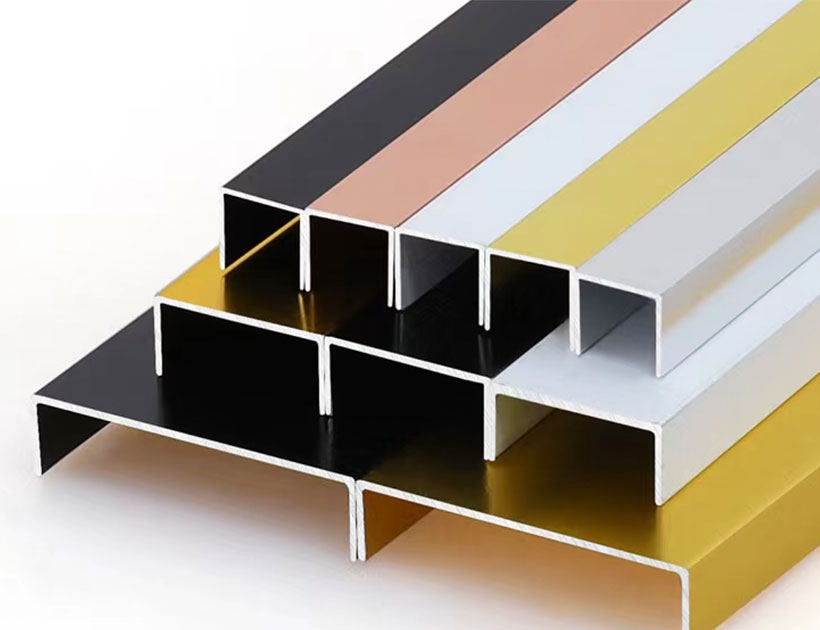
Top 5 Benefits of Using LED Aluminium Profiles in Modern Lighting
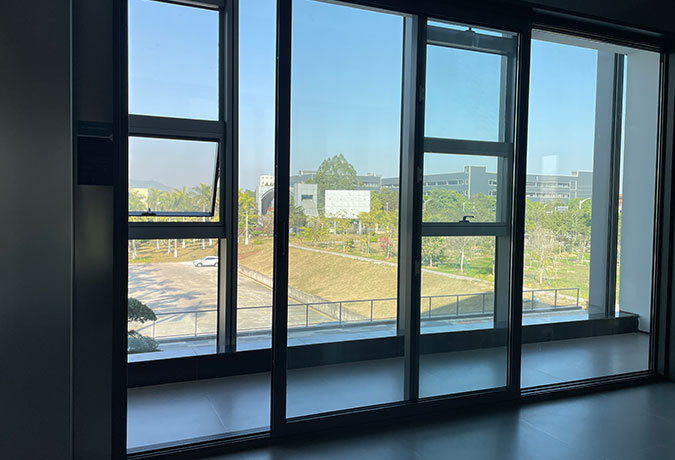
A Complete Guide to Aluminium Frame Profiles for Modern Structures

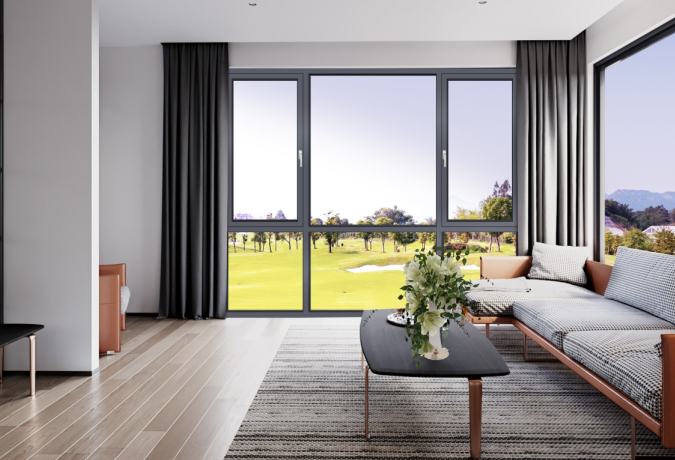
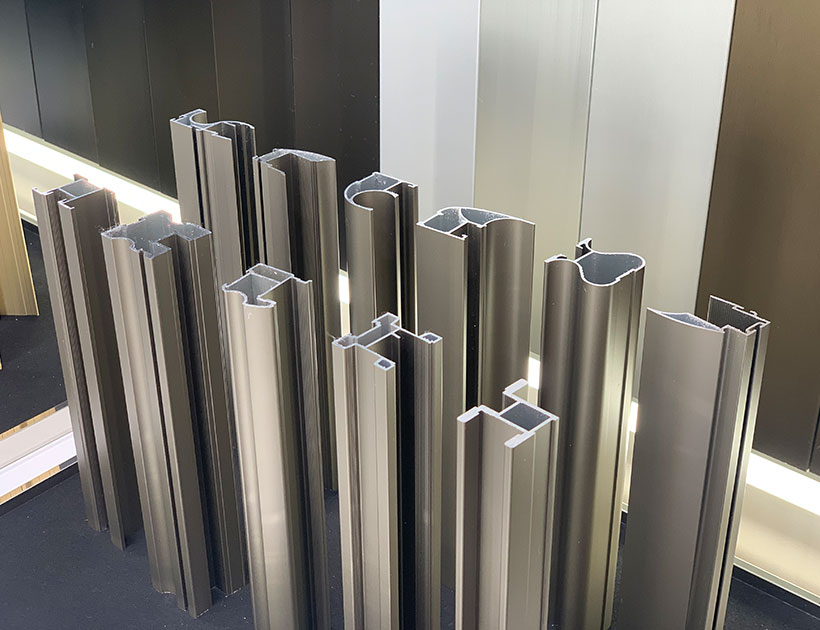
Exploring the Strength and Versatility of Aluminium Extrusion Profiles
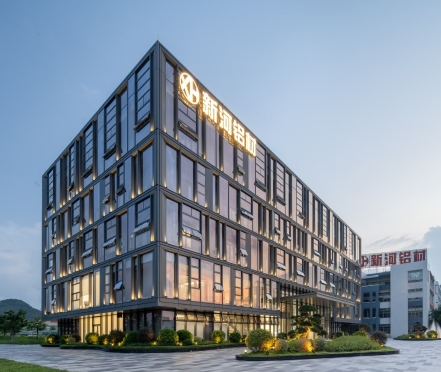
How to Choose the Right Aluminium Profile Supplier for Your Project
